
Here you can see live cam and data of the volcano Popocatepetl. More seismograms are available. To load new pictures, please click this link.

Volcano expert Marc Szeglat publishes news and video footage about volcanoes.
Watch vocano livecams and live seismic of volcanoes world wide.

Here you can see live cam and data of the volcano Popocatepetl. More seismograms are available. To load new pictures, please click this link.

Livecam on the Piton de la Fournaise. Location of the camera: Piton Basaltes. © OVPF. To load a new image, please update the page.
Livecam Fournaise. Cam-location Partage. © OVPF
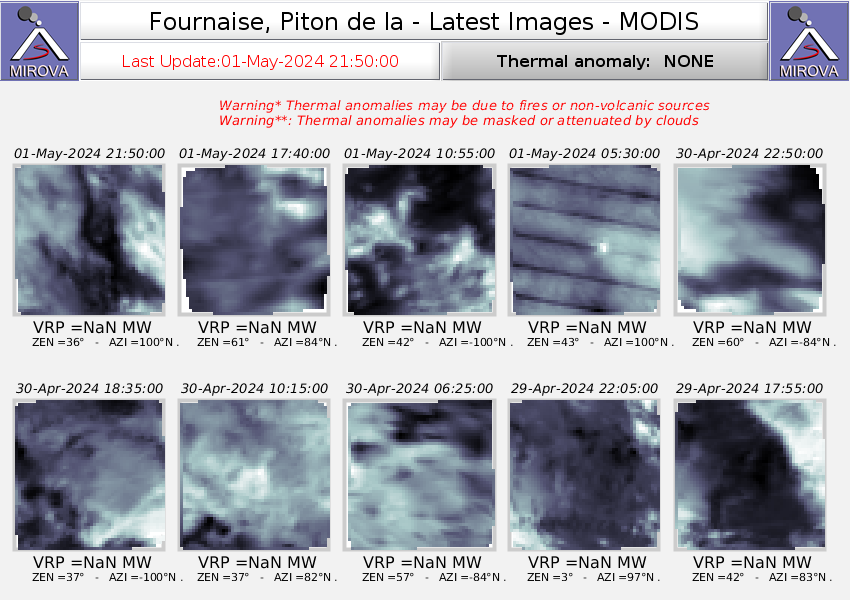
Thermal radiation of the volcano Piton de la Fournaise. © MIROVA
Here you can see live data from the volcano Merapi in Indonesia. To load new pictures, please update the page.

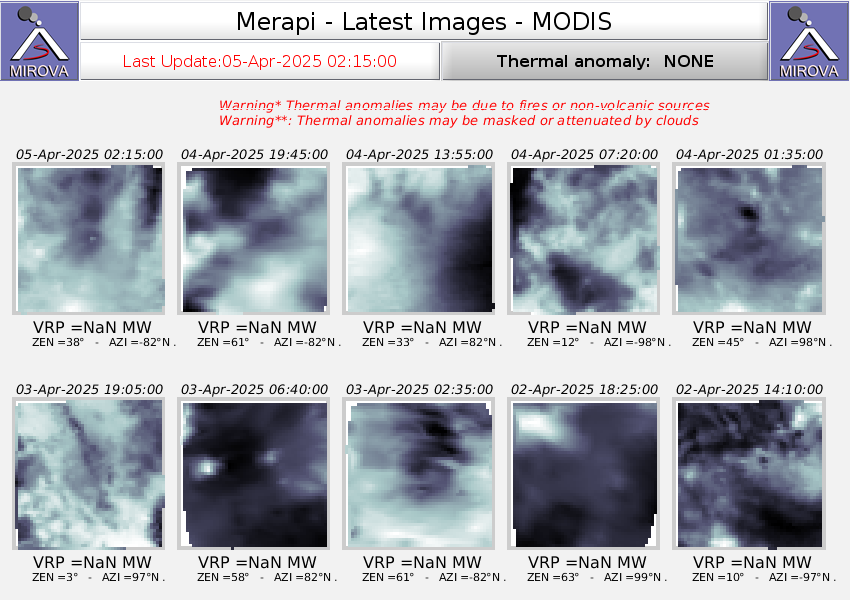

Here you can see current live-dates from Krakatau in Indonesia. To download new pictures, please click on this link.

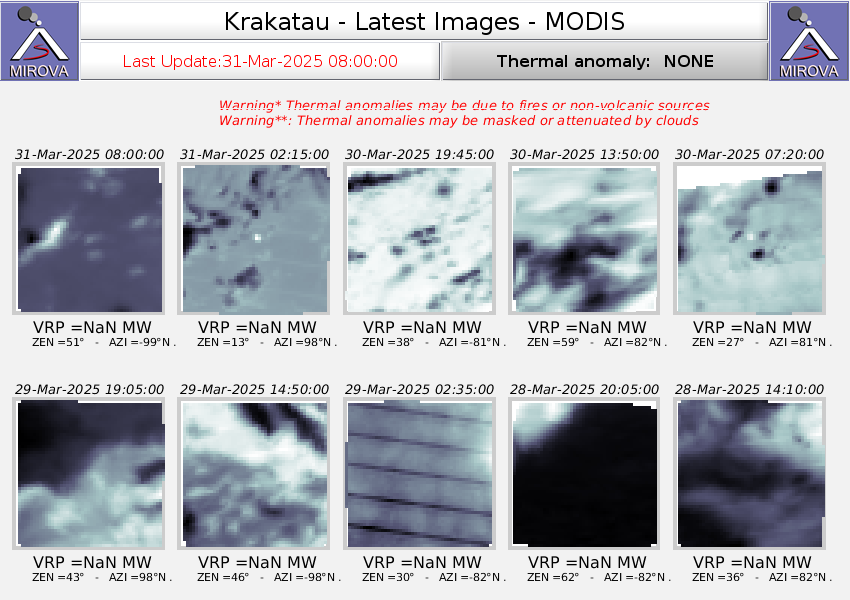
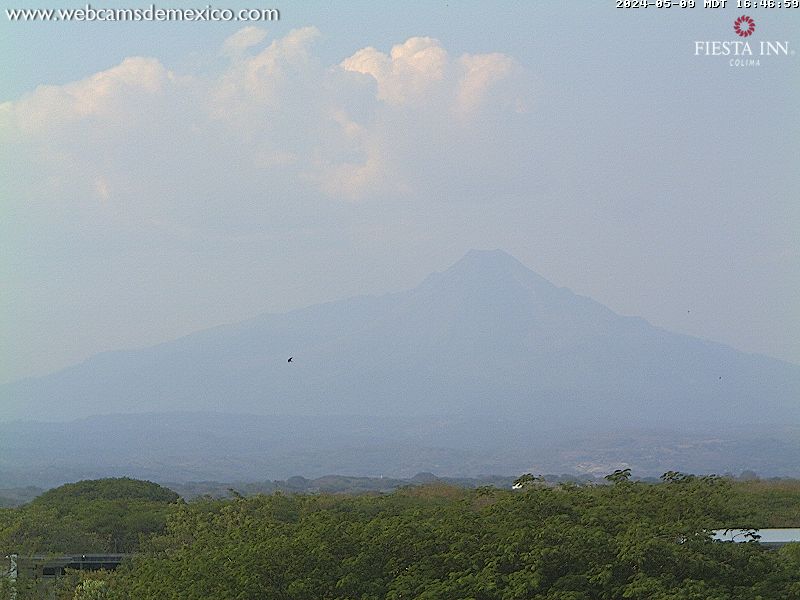
Livecam at the Mexican volcano Colima. To load new pictures, please update the page.
Live-seismics at the Indonesian volcano Bromo on Java. To load new pictures, please update the page.

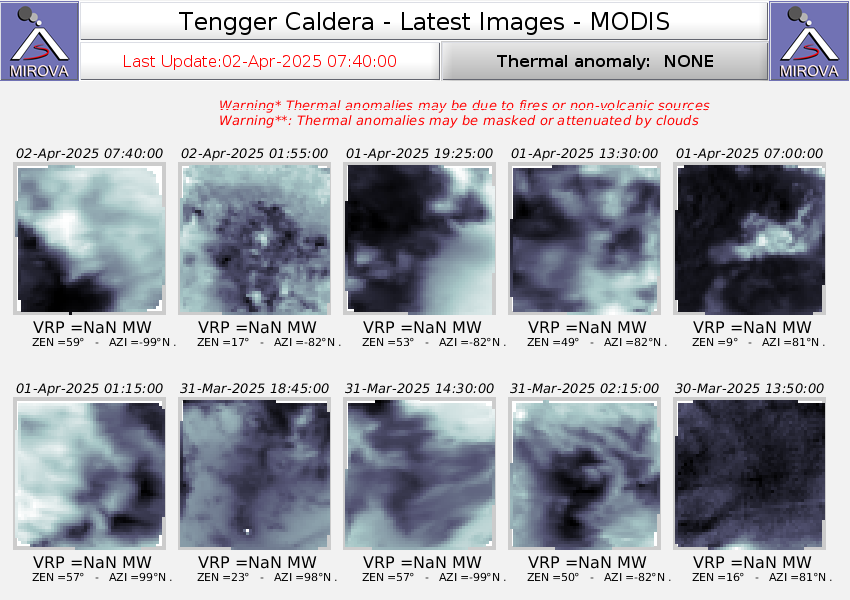
The thermal livecam stands on the Montagnola and shows the summit area of Etna. View direction is north. © INGV

The graphics show the tremors of various monitoring stations on Etna. © INGV
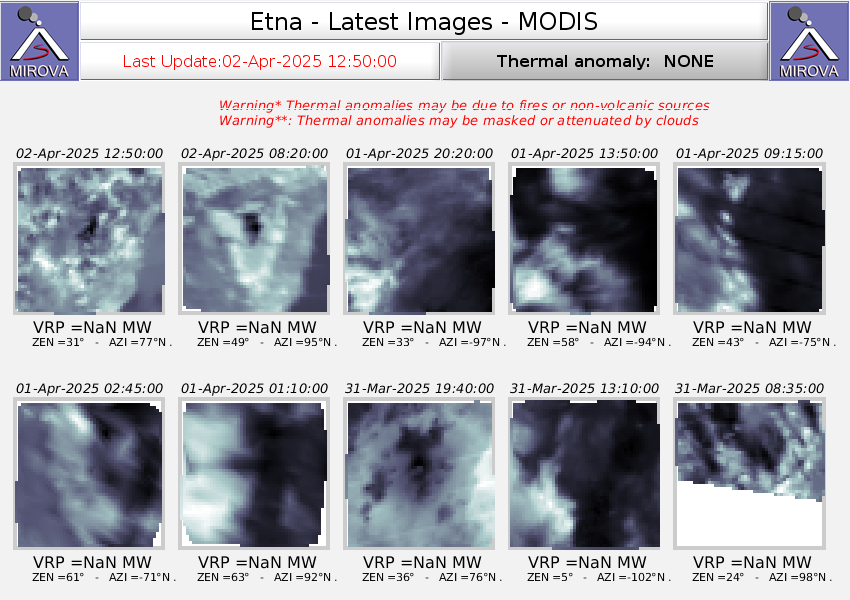
Heat radiation from the volcano Etna in Sicily. © MIROVA
The Livecam from Fuego in Guatemala is operated by the Vulcanological Society e.V. and vulkane.net. To load a new picture please update the page.

Seismology of the Fuego volcano. The seismometer is located in Panimache. © LGS

The Fuego is located in a comparatively densely populated area and not only overlooks several villages that have settled at its foot, but also the tourist magnet Antigua. The Fuego can generate pyroclastic flows and lahars that pose a threat to the surrounding settlements. Therefore the volcano is quite well monitored. Nevertheless, in June 2018 a catastrophe occurred when unexpected pyroclastic flows destroyed numerous houses and cost the lives of more than 100 people. The pyroclastic flows originated during a paroxysmal eruption that occurred every few weeks at that time. But this paroxysm was stronger than the previous ones, but since the threat was not recognized in time, there was no warning.
Before the eruption, there was an observation network that was established with the cooperation of the USGS and Canadian scientists under the auspices of the University of Michigan. Of course in cooperation with the local volcanologists of INSIVUMEH. The network consisted of 6 mobile broadband seismometers, acoustic sensors and a gas spectrometer. 2 livecams supported the volcanologists with visual observations.
In January 2020 our volcanological society “Volcanological Society e.V.” installed a livecam at the foot of the volcano. It supports the volcanologists in visual observations of the fire mountain. You can see the picture above. Read a report about the installation of the camera.
After the eruption the cooperation was extended. Now the Mexican UNAM and several European research institutes are involved. The University of Liverpool and the LGS Florence are also involved. There are 7 stations operating, which have several seismometers and microphones.
Of course the Fuego is also monitored by satellites. Here mainly the heat emissions are detected. Via INSAR the ground deformation is observed.